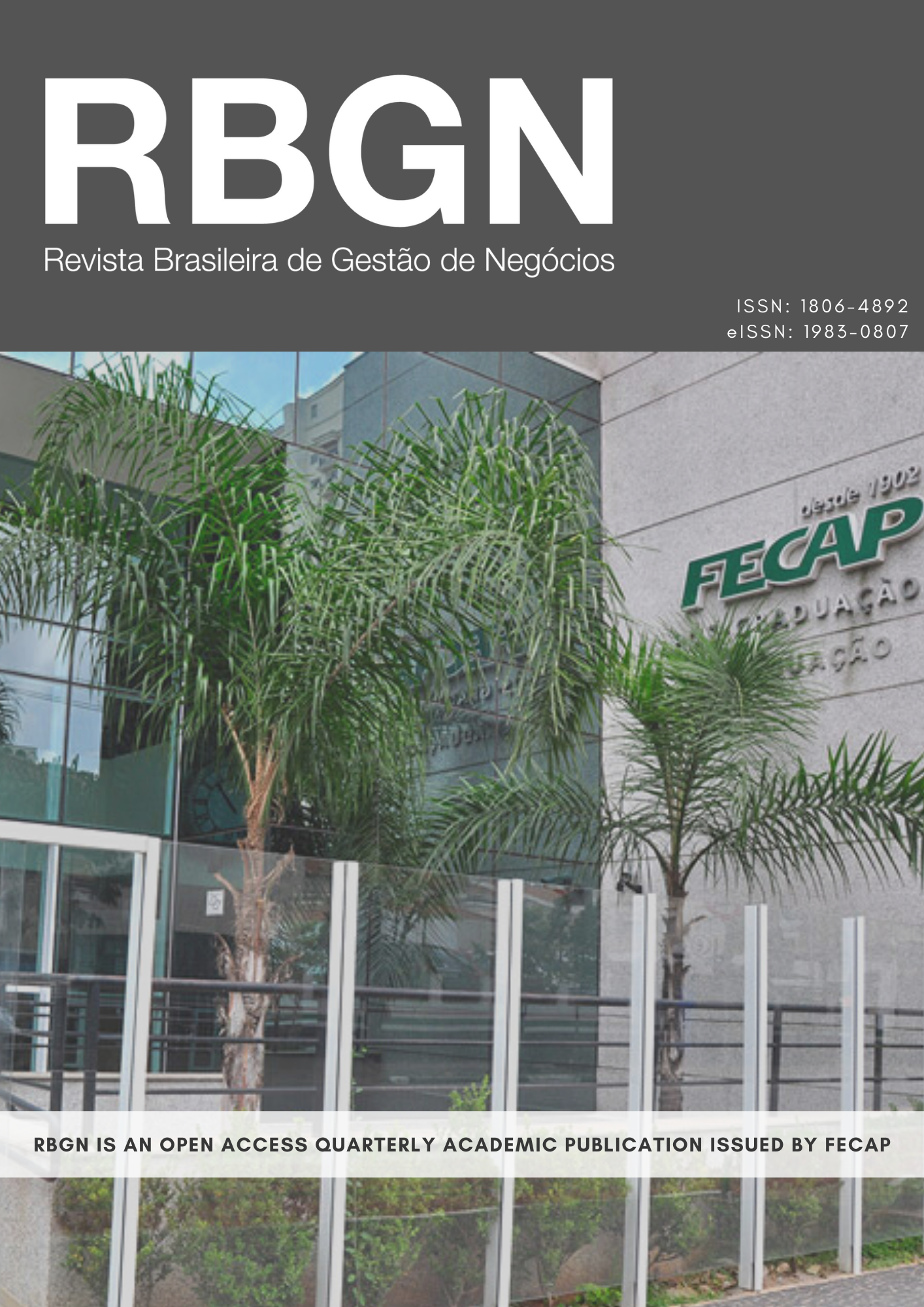Abstract
Purpose – This paper proposes using operating cash flow (OCF) as an instrument to determine a firm’s likelihood of bankruptcy. It presents a new model capable of predicting business failure based on data derived from financial statements.
Design/methodology/approach – In this study, logit analysis was employed because of its frequently-cited conceptual advantages relative to multiple discriminant analysis. Through the logistic regression, we identified an integrated function for several ratios, which is useful when assessing whether a firm can be classified as solvent or insolvent in the future. The sample consists of Spanish medium-sized enterprises (MEs) included in the SABI.
Findings – We identified an integrated function for several ratios, including information derived from cash flow statements, which is useful when assessing whether a firm can be classified as solvent or insolvent in the future. The analysis suggests the usefulness of taking into account information provided by cash flow statements when making decisions regarding lending to firms and, also, in relation to the acceptable level of leverage that can be assumed by a firm.
Originality/value – The model is capable of predicting the probability that a medium-sized firm might have financial problems three years before this occurs, increasing the capacity to take corrective measures.
If a paper is approved for publication, its copyright has to be transferred by the author(s) to the Review of Business Management – RBGN.
Accordingly, authors are REQUIRED to send RBGN a duly completed and signed Copyright Transfer Form. Please refer to the following template: [Copyright Transfer]
The conditions set out by the Copyright Transfer Form state that the Review of Business Management – RBGN owns, free of charge and permanently, the copyright of the papers it publishes. Although the authors are required to sign the Copyright Transfer Form, RBGN allows authors to hold and use their own copyright without restrictions.
The texts published by RBGN are the sole responsibility of their authors.
The review has adopted the CC-BY Creative Commons Attribution 4.0 allowing redistribution and reuse of papers on condition that the authorship is properly credited.


